CUI
Corrosion is the bane of any metals and it is all the more serious the situation becomes when it is CUI or corrosion under insulation. The simplest way to define CUI is that it is a form of moisture intrusion and build up in the surface of insulated equipment and piping that gradually damages the integrity and strength of the metals over time. CUI is insidious and usually undetected over long periods of time until such that the issue becomes serious and entailing huge expenses in repairs and replacements of the corroded metal substrates. CUI can cause substantial loses in terms of shutdown expenses and repair cost and can be a threat to the viability and safety of the business and personnel.
Predicting CUI is a challenge. As common as the situation is in marine offshore, refining, chemical and petrochemical environments, data has shown that 65% of all insulation that is in used in those settings would contain corrosion-inducing moisture and the highest problems in those environments are caused by CUI and not merely due to process corrosion. CUI accounts for 60 – 75% of the maintenance cost in those industries.
There are various factors that would allow CUI to take hold in these environments. When moisture penetrates the installed insulation and the equipment it is meant to protect, the process of corrosion under insulation can then start and the resulting vicious cycle of corrosion induced damage can be extremely challenging and costly to fix and rectify. When moisture gets trapped inside insulation, it can make CUI spread and worsen. One of the main contributing factors is the process temperature as it has been observed that the most aggressively damaging CUI occurs between the operating temperature of 70°C – 110°C. However, CUI can also happen outside of this temperature range with less lethal consequence. The longer CUI goes undetected the more destructive and expensive it is to repair and the more the situation becomes catastrophic.
There are two significant and critical steps to prevent CUI, first is the design of the piping system and equipment ensuring that the support and connections are fully sealed and no gaps in between that would allow moisture to transverse in the surface layers and into the system. Insulation moisture barriers should also be specified as a hedge and protection against CUI. Another layer would be the use of moisture coatings and paints which offer additional protection as it helps in mitigating chloride contamination from the environment which may ensure that the corrosion scenario is prevented from ever happening. Second is the routine inspection of the insulation material. Replacing insulation every few years is a necessity as the cost of the material is negligible as compared to the expenses of replacing the whole piping system. We are not just talking about the cost of the piping materials but also the shutdown cost which derails the operation of the whole business. Insulation is not meant to last forever more especially if it is used and exposed in environments that are hot, cold and wet.
We cater to a variety of industries and specializes in bespoke insulation solutions that would save energy, protect your equipment and allow your business to flourish and thrive. For any insulation requitements just contact us.

